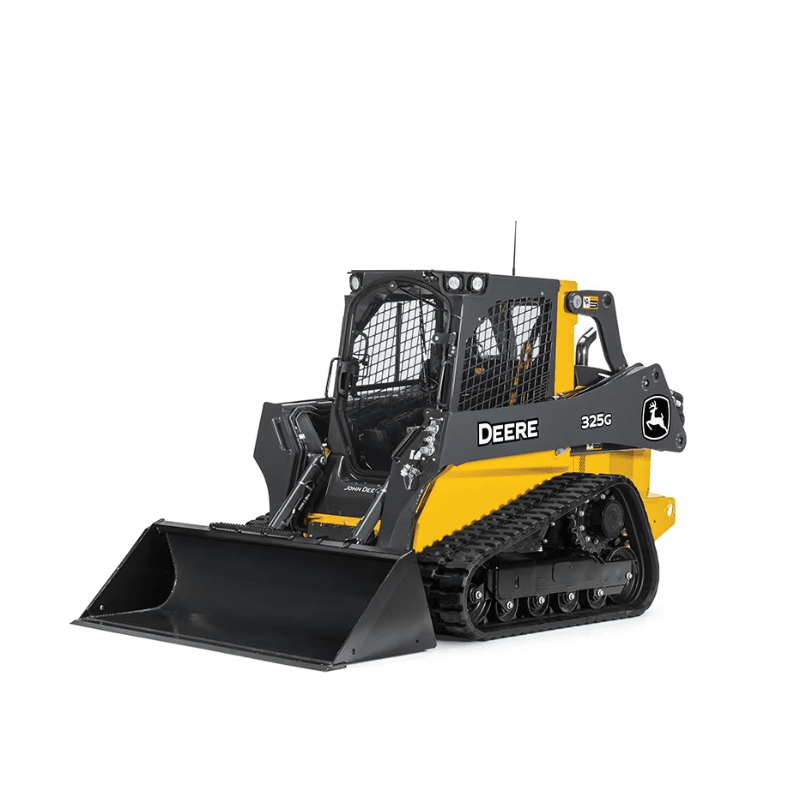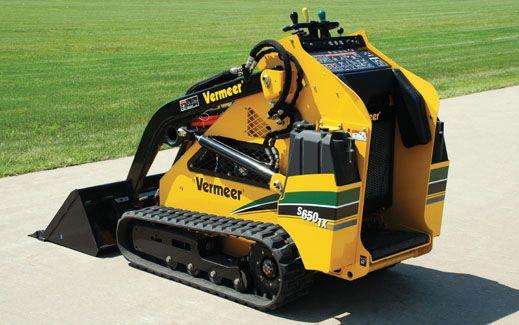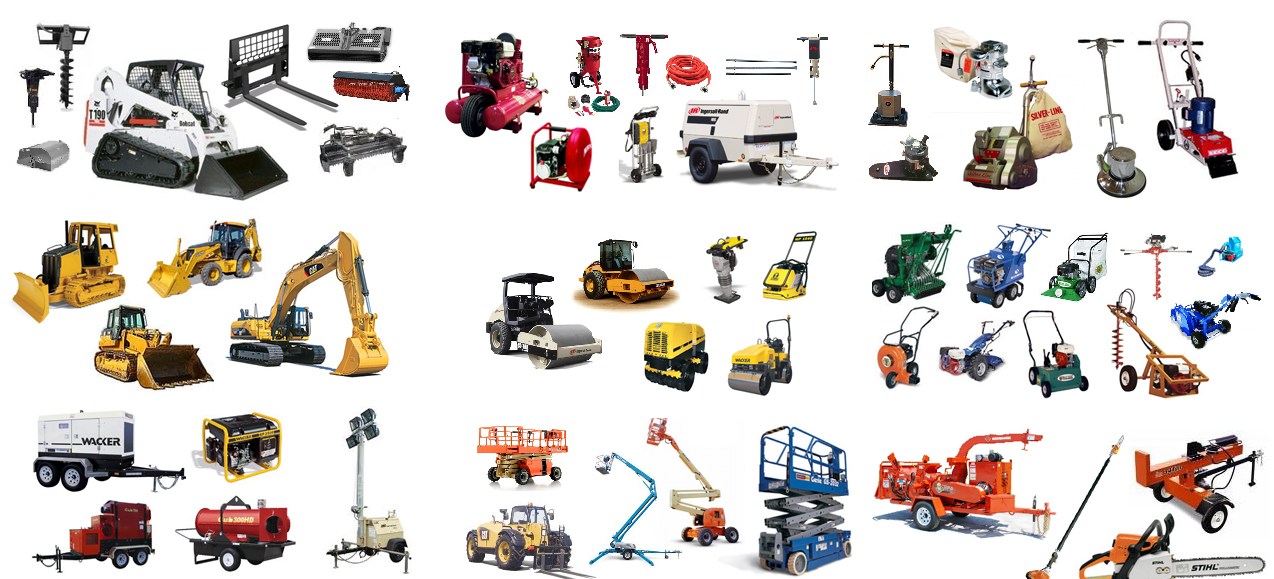Equipment Rental Company: Your Source for All Types of Equipment
Equipment Rental Company: Your Source for All Types of Equipment
Blog Article
Optimize Your Budget Plan by Understanding the Costs Connected With Building And Construction Tools Rentals
Understanding the complete range of expenses associated with building and construction tools rentals is vital for optimizing your spending plan. What strategies can be utilized to efficiently handle these prices and make certain an extra effective rental experience?
Summary of Rental Costs
When considering construction devices leasings, understanding the linked expenses is extremely important for reliable budgeting and task planning. Rental prices can vary considerably based on several variables, consisting of equipment kind, period of rental, and area. The initial rental fee commonly shows the equipment's market need and its linked operational capacities, influencing the total cost.
In enhancement to the base rental price, supplementary prices might emerge, such as transport fees, gas additional charges, and upkeep charges. It is important to account for these added expenses to properly examine the overall cost of renting out tools. Furthermore, the rental period can affect rates; longer leasings might receive affordable prices, while temporary services might incur greater day-to-day costs.

Break Down of Rental Rates
A detailed understanding of rental rates is vital for professionals and project managers intending to maximize their budgets. Rental rates for building and construction tools usually consist of several elements, consisting of base prices, time-based costs, and usage fees.
Base rates are the core charges connected with the leasing of the equipment, usually figured out by the kind and size of the equipment. These rates can differ substantially, influenced by aspects such as devices demand, schedule, and local market trends. Time-based fees, which might be daily, weekly, or monthly, serve to suit different project timelines and rental periods.
In addition, rental prices might consist of use charges, which are relevant when tools is made use of past a defined threshold, guaranteeing that the rental company can account for deterioration. Seasonal demand fluctuations can also influence rental rates, with peak building and construction periods commonly regulating higher rates.
Furthermore, recognizing the rental firm's plans relating to maintenance and insurance policy can supply further insight into the overall price structure. By evaluating these elements, contractors can make enlightened decisions, making certain the option of rental devices lines up with both task demands and budget plan restraints.
Added Charges to Take Into Consideration
Comprehending the intricacies of additional fees is important for professionals to manage their total rental expenditures efficiently. Beyond the conventional rental prices, different supplemental charges can significantly affect the complete cost of devices rental. These costs commonly include delivery and pick-up fees, which can vary based upon range and logistics entailed in carrying the devices to and from the job website.
Moreover, some rental business may impose fuel surcharges if the tools is returned with much less fuel than when rented out. It is likewise important to know potential cleaning fees, especially for specialized tools that calls for thorough upkeep after use.

Thoroughly evaluating the rental arrangement and clearing up these additional fees upfront can help professionals stay clear of unforeseen prices and make certain that budget plans continue to be intact throughout the project lifecycle.
Upkeep and Repair Costs
Regular repair and maintenance expenditures are often ignored factors that can significantly affect the total price of building and construction equipment services. When renting out equipment, it is essential to think about not only the rental costs but likewise the potential prices associated with maintaining the machinery in ideal operating problem.
Numerous rental companies include fundamental maintenance as part of the rental contract; nonetheless, a lot more unanticipated failures or substantial repair work can lead to extra costs. It's necessary to review the rental agreement meticulously to understand what upkeep services are covered and what duties fall on the occupant.
In addition, tools that is not well-kept can result in ineffectiveness at work website, possibly creating hold-ups and increasing job costs. To mitigate these dangers, it is recommended to conduct regular evaluations and preserve open communication with the rental provider pertaining to any kind of concerns that emerge during use.
Insurance Coverage and Liability Prices
Insurance policy and liability expenses are important parts that can substantially impact the overall expense of building and construction devices leasings (forklift rental). These costs make sure that both the rental business and the customer are protected from prospective monetary losses developing from mishaps, damages, or burglary during the rental duration

Furthermore, customers ought to understand any type of deductibles or exemptions in the insurance coverage plan, as these can affect possible out-of-pocket expenses. Comprehending the terms and conditions of any type of insurance policy protection is essential to stay clear of unforeseen prices. Eventually, budgeting for insurance and responsibility expenditures can assist make sure a smoother rental experience and safeguard against economic risks connected with construction tasks.
Final Thought
In conclusion, a detailed understanding of the costs connected with construction tools services is vital for reliable budget plan administration. Eventually, notified decision-making relating to equipment services adds to the total success of building ventures.
Rental expenses can differ dramatically based on a number of aspects, including equipment kind, duration of leasing, and place (aerial lift rental). The rental period can influence rates; longer leasings might qualify for discounted prices, while short-term rentals could sustain greater daily fees
By carrying out thorough research and involving with reputable rental business, specialists can efficiently browse the complexities of rental rates, eventually optimizing their monetary sources.
Beyond the typical rental rates, various extra fees can substantially impact the total price of tools service. Rental companies typically provide obligation insurance coverage that covers injuries to third celebrations or damages to building, while equipment damages insurance coverage can cover the price of repairs or substitute if resource the rented out devices is harmed.
Report this page